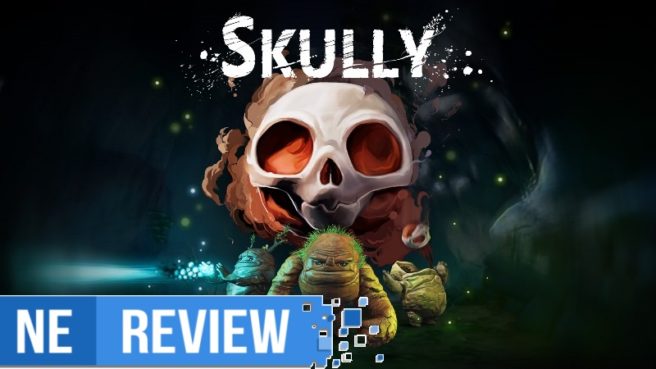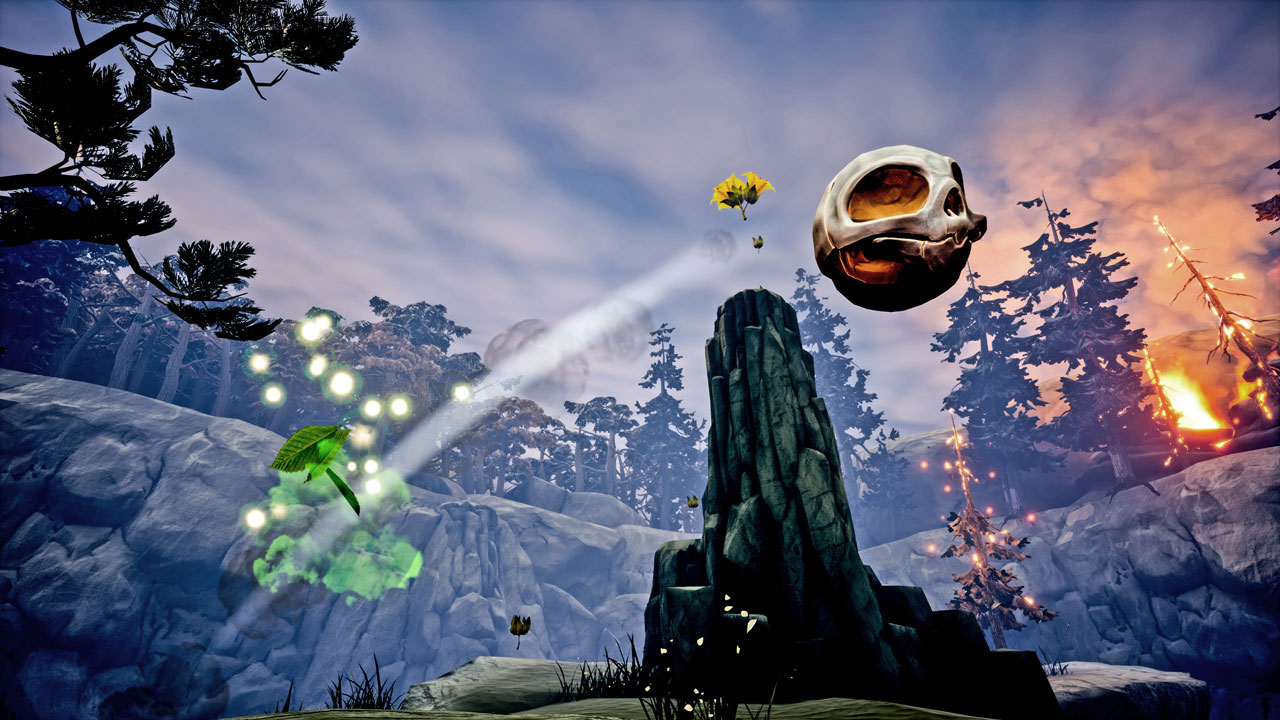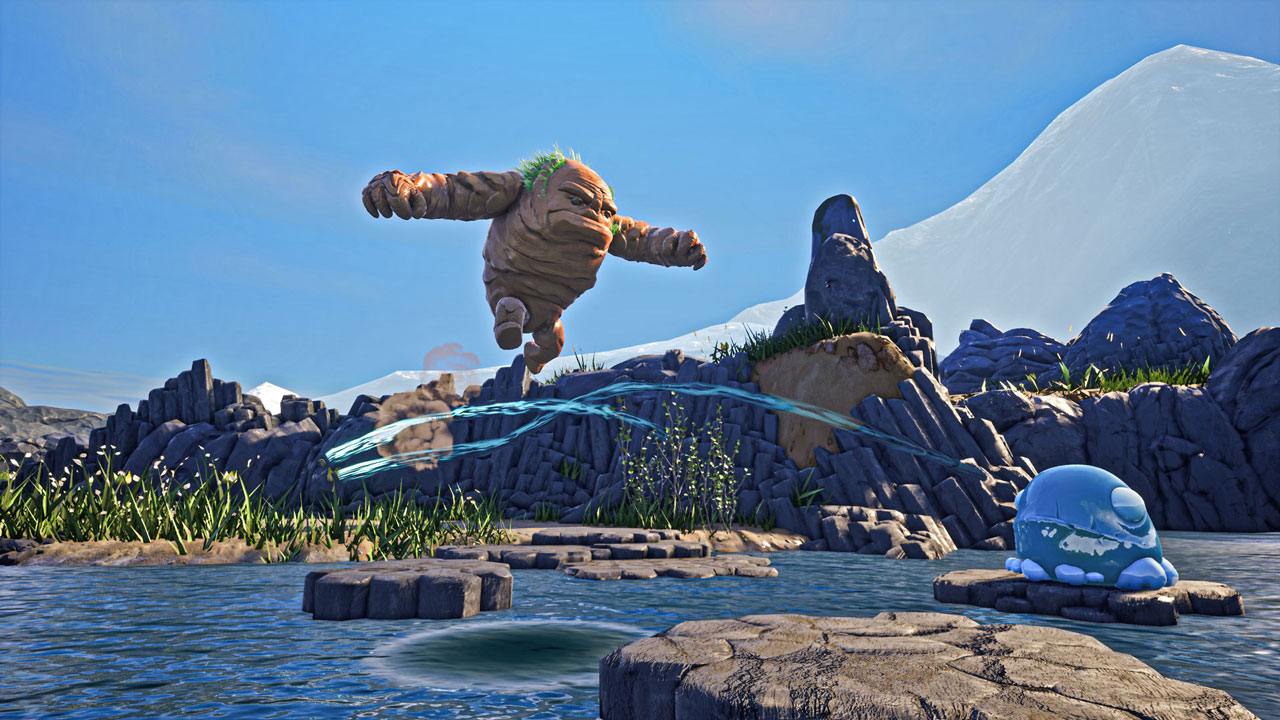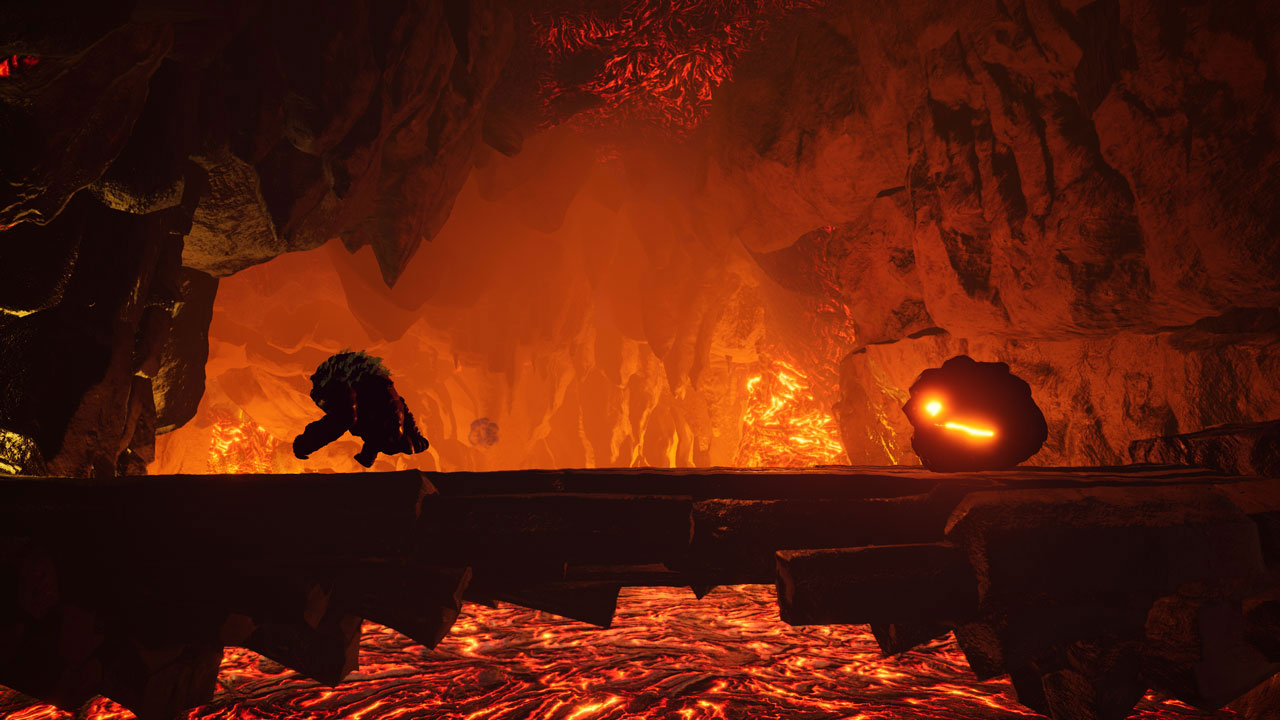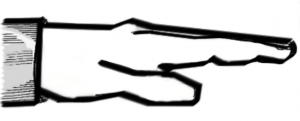[Review] Skully
Posted on August 4, 2020 by Campbell(@CampbellSGill) in Reviews, Switch
System: Switch
Release date: August 4, 2020
Developer: Finish Line Games
Publisher: Modus Games
Skully is a 3D platformer that struggles to get the ball rolling on Switch. It might remind Nintendo fans of early N64 platformers that experimented with what the genre could be. Skully keeps things simple but introduces a few new ideas that make it stand out from the platforming crowd. Unfortunately for Switch players, it looks like it belongs on the N64, too. Skully is a perfectly enjoyable little game with appealing art direction and some inventive mechanics, but it’s let down by an extremely lackluster Switch port.
Skully features one twist early on: it’s a platformer where you have no legs. You play as a reanimated skull (hence the name, Skully) that is given new life by an earth deity named Terry. Under Terry’s command, you’ll roll across an island in search of Terry’s divine brother and sisters, attempting to resolve a sibling rivalry that threatens to tear your homeland apart. The narrative is presented with a simple picture book-like visual style, and while it might not be particularly enthralling, it’s a bit more interesting than your average platformer story due to the themes of divine influence and elemental magic.
At first, gameplay feels a bit like Super Monkey Ball, since you’ll be rolling across environments and flying off ramps. This can be a major learning curve at first. It’s an entirely different beast to platform as a rolling ball, since it’s more about keeping up momentum than precision. It can be extremely frustrating at first to try and make difficult jumps, and if you’re like me, you’ll spend most of your opening hour in Skully helplessly rolling off edges and recklessly rolling through each environment. However, this new form of movement becomes natural as the game goes on, and there’s an enjoyable rhythm to be found in zipping across levels, sliding up and down ramps, and building up momentum.
You’re not left legless for long, however. Throughout the game, you can dip into pools of mud to create new transformations of Skully, each of which has its own abilities. There are three “Skullies”: one is heavyweight and can break blocks and smash enemies, one is a swift little one that can move platforms left and right and has a special dash ability, and the last one has a double jump and can manipulate platforms up and down.
The more abilities you gain, the more Skully will test your ability with them. Early levels are straightforward action platforming fare, but the further you get, the more the game focuses on puzzle-solving. You’ll be required to use every skill in your toolbox to progress. Since you can have up to three different Skullies active at once, you’ll have to use each of their unique abilities together to make progress. You might have to raise a platform with one Skully, move it back and forth with another, and then use the strong Skully to smash a wall on the other side of the platform. It can be an elaborate project to set this all up, and while it can feel a bit tedious to set everything in place, it’s extremely satisfying once it’s all pulled off. There are usually multiple solutions to every problem; it just depends on what tools you plan to use, and how you use them. Such open-endedness can be engaging, provided you have the patience to work everything out.
Levels begin fairly linear, where you’ll simply have to travel from point A to B. However, things get a little more exploratory as it goes on. The best way to describe it would simply be that it’s “circular” level design. You start in one area, use your abilities to unlock new pathways, and eventually come back around to where you began to use your additional powers to progress. Sometimes this structure means that you can wander in circles for extended periods of time, which can be frustrating. However, in general, this creates a satisfying gameplay loop where the environment gradually unfolds as you gain more skills.
Things aren’t entirely perfect with the gameplay, however. The very nature of Skully poses plenty of platforming frustrations. It can be excruciatingly difficult to land a perfect jump when you’re playing as a rolling skull that has no solid footing. It can sometimes feel like the physics are working against you. Additionally, the game sometimes requires leaps of faith where you’ll have to jump off tall ledges and hope against hope that you land on solid ground. It’s especially frustrating that this is often due to obscure forced camera angles that don’t let you see what’s below you. These are minor complaints in the grand scheme of things, but they add up to bring the overall experience down a bit.
Perhaps you play as a skeleton, but Skully certainly isn’t barebones. It’s a fairly meaty game, featuring 18 levels that can each take anywhere from 15 to 30 minutes to complete, meaning that you can expect about eight to ten hours of content at least. You’ll spend far more time in the game if you want to collect all the flowers in each level. Flowers don’t do anything in the game itself, but they do unlock concept art, which is certainly a treat considering the game’s beautiful visual direction.
And on Switch, this concept art will likely be the only way for players to enjoy the full potential of Skully’s visuals. Simply put, Skully is in extremely rough shape on Switch. It boasts of a gorgeous art direction filled with vibrant colors and distinct environments which look beautiful on other consoles, but they lose their luster on Switch. Docked mode isn’t unplayable, but it is certainly far below the standard set by the game’s appearance on other consoles, as it’s marred with muddy textures, blurry overall visuals, and inconsistent performance.
Things might be less than ideal in TV mode, but portable mode is borderline unplayable. While visual compromises are to be expected in most multiplatform Switch games, Skully is downright unacceptable in portable mode due to its dreadful graphics and atrocious performance, both of which negatively affect gameplay. Visually, everything blends together into a muddy mess of jagged edges and blurry textures. It can sometimes be impossible to make out Skully from his environment, or it might be difficult to tell the difference between the ground and a deadly body of water, making for an incredibly frustrating experience. Worse yet, the performance is uneven to say the least. It seems to aim for 30 frames per second but rarely hits that, and it most often sits around the low 20s, making for a laggy and janky platformer.
To add insult to injury, the Switch version is loaded with glitches. For example, Skully seems unable to handle seamlessly switching between handheld and docked modes. Whenever I’d play portably and resume on my TV or vice versa, the game would be completely frozen for anywhere from 15 to 30 seconds. Likewise, some cutscenes would glitch out, so that the same scene would loop over and over while the audio proceeds as usual. The same would also happen occasionally after picking up the game out of sleep mode. There were also instances where it somehow locked into a sort of first-person view that made the platforming and puzzle-solving nearly impossible, with no way to escape this view except to kill yourself. Between all the glitches and the inexcusably showing in portable mode, there’s simply no reason to play Skully on Switch if you have access to another platform.
The Verdict
Skully is a fun platformer with solid bones, but its potential is completely lost in this Switch version. It’s a solid game in its own right that keeps things interesting with its unique platforming gameplay and satisfying puzzle mechanics. Even if it’s not perfect due to its handful of annoying design issues and technical faults, it still offers plenty of enjoyment for players looking for unique platforming action. Just avoid the Switch version at all costs – it’s laggy, buggy, and ugly, and its portable mode performance is nothing short of insulting. It’s understandable that a game as beautiful as Skully would see some downgrades on Switch, but when Doom and The Witcher 3 look better than this, there is simply no excuse. At the end of the day, Skully is a worthwhile game on other consoles, but Nintendo fans will likely have a bone to pick with it on Switch.
Review copy provided by the publisher for the purposes of this review.
